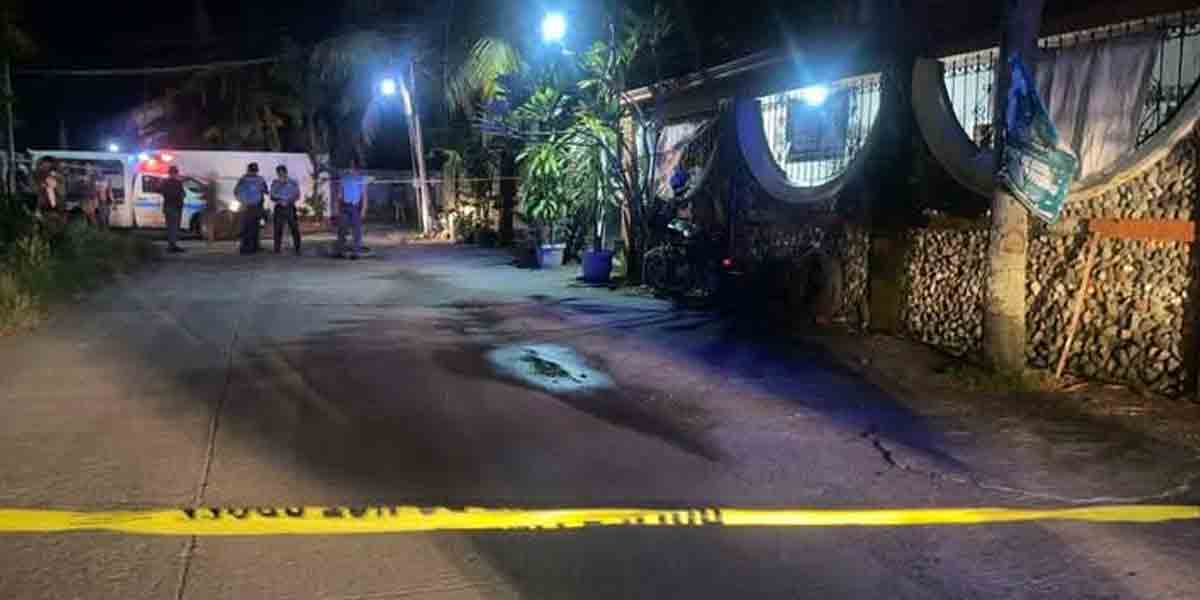The recent analysis published in Rappler by a certain Dean de la Paz on the recurring blackouts in Panay Island has sparked some discussion, but it’s crucial to examine the issue from a local perspective.
As someone not based in Iloilo or Panay, de la Paz may lack a complete understanding of the realities on the ground.
One key point that needs emphasis is that Panay itself has ample power supply. The crux of the problem lies with the National Grid Corporation of the Philippines (NGCP) and its inadequate backup, ancillary services, and redundancy measures.
As the system operator, NGCP is mandated by its franchise to ensure a robust and resilient grid, but it appears to be falling short in this regard.
NGCP’s insufficient interconnections between Panay and other areas render the grid highly vulnerable to outages. When a power plant goes offline for maintenance or unexpected issues arise, the lack of alternate transmission routes leaves Panay isolated and prone to blackouts. This is a clear failure on NGCP’s part to fulfill its role in managing the grid holistically.
It’s worth noting that power plants and distributors have acknowledged their share of responsibility in the recent blackouts. Ilonggo consumers keep them on their toes by demanding high level of service and improved infrastructures.
However, NGCP seems content to portray itself as a “mere bystander,” when in fact, its duty extends beyond the simple provision of transmission lines. As the grid operator, NGCP is tasked with interconnecting the entire country to enable seamless sharing of power and reserves between regions.
The analysis by de la Paz does raise valid concerns about policy decisions, such as the approval of coal power expansion in the eastern Visayas while the western part grapples with shortages.
It also highlights the need for better coordination and accountability among the Department of Energy (DOE), Energy Regulatory Commission (ERC), and distribution utilities.
However, the piece seems to place disproportionate blame on these entities while downplaying NGCP’s crucial role. For instance, it mentions the distribution utility’s failure to implement load dropping protocols that could have prevented a grid-wide blackout. While this is a valid point, it doesn’t absolve NGCP of its responsibility to ensure adequate transmission capacity and interconnections.
Moreover, the recent energization of the Mindanao-Visayas interconnection should have bolstered supply to Panay, yet blackouts persist. This raises questions about NGCP’s effectiveness in leveraging this infrastructure to improve grid stability.
While the analysis by de la Paz offers some valuable insights, it falls short in capturing the full picture of Panay’s power woes. A more nuanced assessment, informed by local realities, is necessary.
The finger-pointing at power generation issues and distribution mishaps, while partially valid, doesn’t absolve NGCP from its critical role in energy provision and grid stability.
We only seek to refocus the discourse on where the action truly needs to happen. NGCP must rise to its responsibilities, embodying the proactive stance that the law and public trust demand of it, to safeguard the region from further energy disruptions and to uphold the economic and social stability of Panay.
NGCP must step up and take ownership of its role as the grid operator, focusing on enhancing backup systems, ancillary services, and interconnections. Only through a concerted effort by all stakeholders can Panay overcome its recurring blackouts and ensure a reliable power supply for its residents and businesses.






















